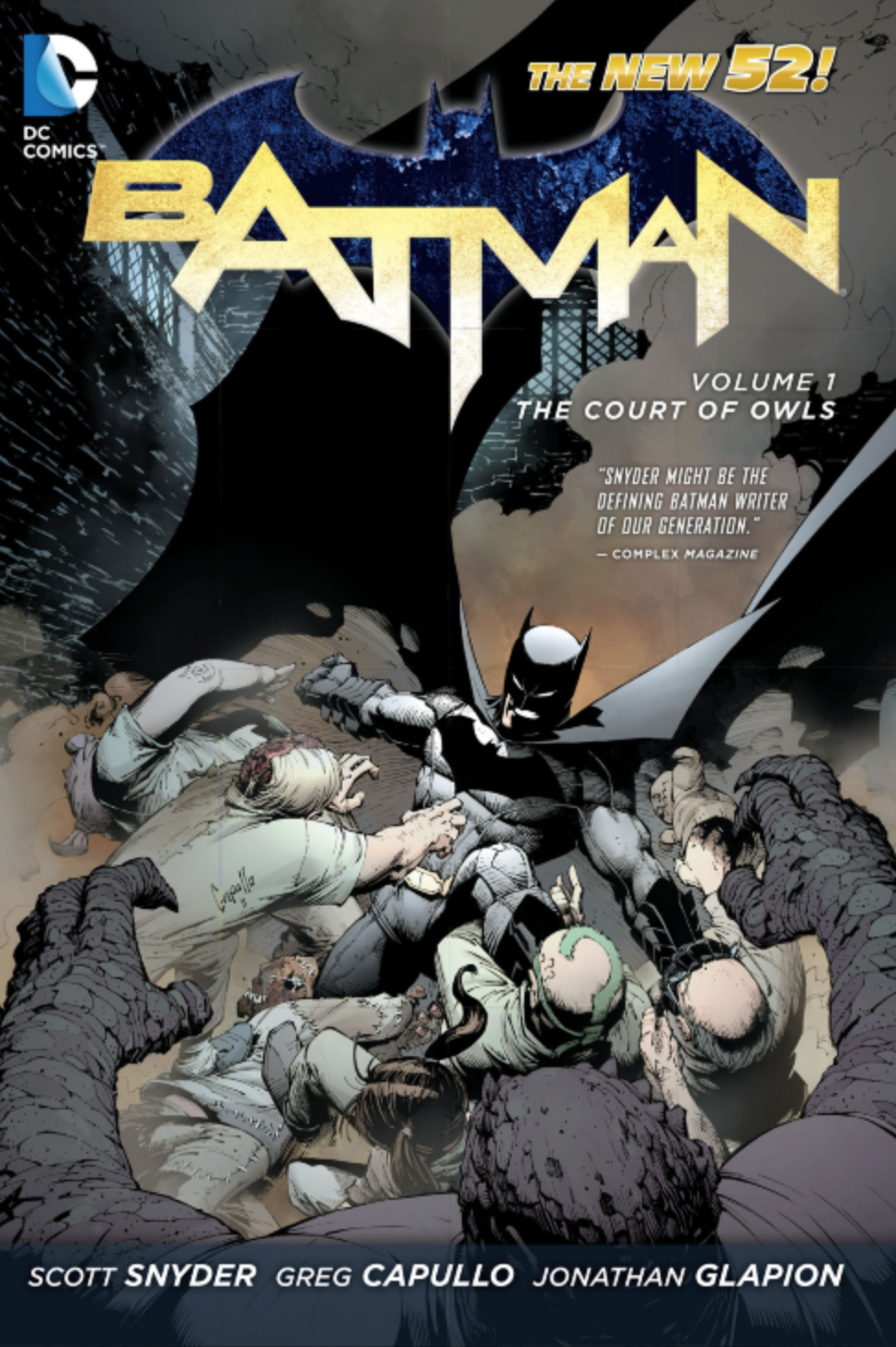I recently came across this piece by Rob Jenkins making a “Case for Conversational Writing.” As someone who has more than once been both applauded for and accused of writing with a journalistic or conversational tone, I was very interested in what Jenkins had to say.
And I was impressed.
In response to those who believe we should teach students in college or even high school to write in an “academic” register, Jenkins responds:
Why should they? The fact that they’re students, and that they’re operating in an academic environment, does not make them academics. Nor will more than a fraction of them go on to become academics, thank goodness. The overwhelming majority won’t be writing academic prose in their professional lives, so why should we be teaching it to them in college, much less high school?
He then goes on to compare a piece of stereotypically obscure academic prose to something written by Malcolm Gladwell in his more conversational tone. Then he states:
What Gladwell does isn’t fancier or more difficult. Granted, it’s not easy to write as gracefully as he does, although he certainly makes it look that way. But the sort of conversational style he employs is, if anything, more natural and intuitive than what we spend years teaching students in high school and college.
I agree that Gladwell’s style is more natural and intuitive, but I would also argue that it is difficult — especially at first — to write well in a conversational tone for a couple of reasons.
First of all, most of the time most of us don’t have the most structured conversations. We hardly ever take the time when speaking with other people to organize our ideas like we do when we write. Sometimes my students mistake conversational tone with conversational structure which nearly always results in a rambling, incoherent mess. Whether the organization comes beforehand in something like a mind map or an outline, or after the first draft in the form of heavy revision, all good writing follows a well-thought structure. Depending on what I am writing, I might do one or the other. Sometimes, especially for very long pieces, it is vital that I have a roadmap before I get started. Sometimes, however, I just need to begin the conversation before I can actually see where it is going. In all cases, it takes a lot of time and effort to get things right in the end. Conversational tone should never be an excuse for poor structure.
The second reason it is tough to write well in a conversational tone is that most good writers, even people like Gladwell, who write in what we would call a conversational tone, do not write exactly like they speak. I know I don’t. Even if I nail the structure on the first pass (which rarely happens) my first drafts are usually far too chatty, and I spend much of my drafting process cutting out the cruft that is totally appropriate in conversation but that distracts in writing. The result (I hope) is something that feels natural to the reader, but is actually much more streamlined than everyday speech. This also takes time and effort and a willingness to fearlessly and ruthlessly use the delete key.
As a scholar and a teacher, I feel an ethical obligation to make the things that I write as clear as possible for my readers and the things I teach as clear as possible for my students. This does not mean dumbing down the material. It means taking the extra time necessary to understand my own message, organize it in a way that will make sense to my audience, and then present it as clearly as possible. I don’t always get it right, but I feel good about my effort and I will continue to improve.







